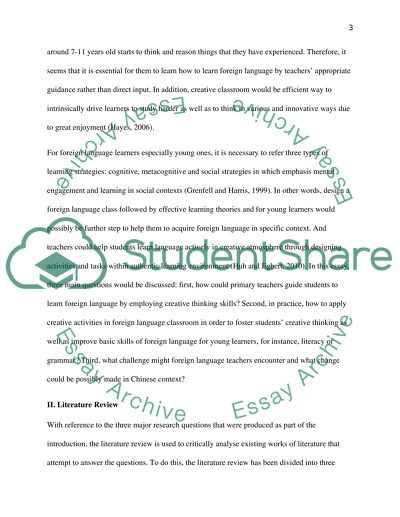Cite this document
(“Developing Creative Thinking: Foreign Language Teaching in Chinese Essay”, n.d.)
Retrieved from https://studentshare.org/education/1681073-developing-creative-thinking-foreign-language-teaching-in-chinese-primary-school
Retrieved from https://studentshare.org/education/1681073-developing-creative-thinking-foreign-language-teaching-in-chinese-primary-school
(Developing Creative Thinking: Foreign Language Teaching in Chinese Essay)
https://studentshare.org/education/1681073-developing-creative-thinking-foreign-language-teaching-in-chinese-primary-school.
https://studentshare.org/education/1681073-developing-creative-thinking-foreign-language-teaching-in-chinese-primary-school.
“Developing Creative Thinking: Foreign Language Teaching in Chinese Essay”, n.d. https://studentshare.org/education/1681073-developing-creative-thinking-foreign-language-teaching-in-chinese-primary-school.


